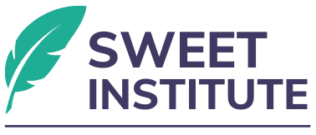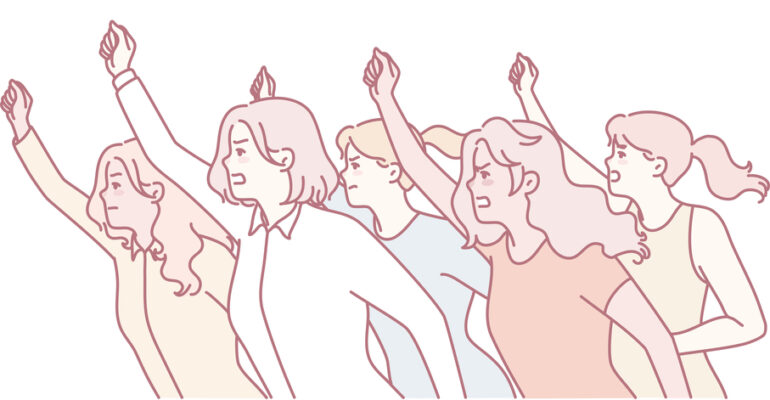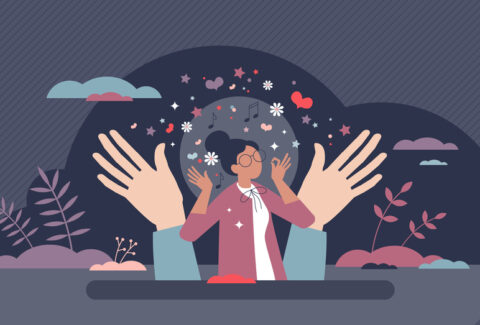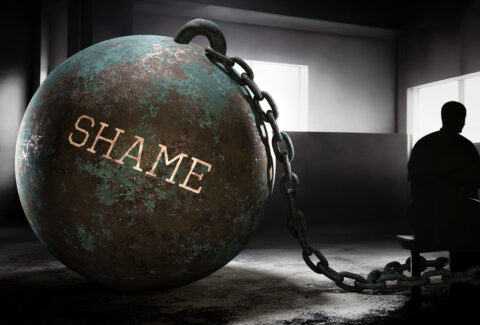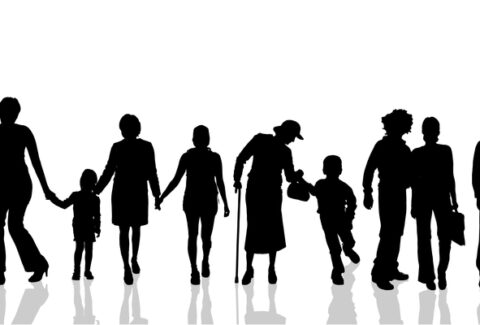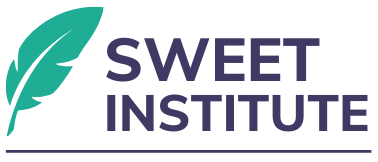Breaking the Cycle — From Silence to Collective Voice
Oppression silences. Internalized oppression deepens that silence by convincing people that their voices do not matter. Yet, history shows that silence can be broken, and when it is, it transforms not only individuals but entire societies.
The Silence Within
Silence often begins as survival. Psychologists note that individuals internalizing oppression learn to self-censor to avoid shame or rejection (Pyke, 2010). But this silence can become a cycle, passed across generations, muting both expression and imagination. Neurobiological studies show that suppression of self-expression increases stress and alters brain regions tied to emotional regulation, such as the amygdala and prefrontal cortex (Creswell et al., 2016).
Finding the Voice
Breaking silence begins in small acts: speaking truth in therapy, writing in journals, or joining circles of trust. Paulo Freire (1970) argued that dialogue is not just communication but liberation, a way of reclaiming humanity. Research confirms that collective storytelling can reduce trauma symptoms and strengthen resilience in marginalized groups (Gone, 2013).
The Power of Collective Voice
Movements are born when individual voices join together. From civil rights to indigenous land rights, the shift from silence to speech has redefined what is possible. Social neuroscience studies show that hearing others share stories of resilience activates mirror neurons and fosters collective empowerment (Iacoboni, 2009).
Practical Steps: From Silence to Voice
- Start with inner dialogue: Notice when your thoughts echo oppressive beliefs.
- Practice safe expression: Write, record, or share in trusted spaces.
- Seek resonance: Find communities where your story is honored.
- Amplify collectively: Join movements, advocacy, or healing circles that transform private voice into public change.
A Final Reflection
Silence is not weakness; rather, it is often survival, and survival is not enough. Reclaiming voice, especially collectively, is both an act of healing and a strategy of transformation. Each time silence breaks, the cycle of internalized oppression weakens, and the possibility of freedom grows louder.
References
- Creswell, J. D., et al. (2016). Neural correlates of expressive suppression in emotion regulation: Implications for resilience. Biological Psychiatry, 80(5), 336–343.
- Freire, P. (1970). Pedagogy of the Oppressed. New York: Continuum.
- Gone, J. P. (2013). Redressing First Nations historical trauma: Theorizing mechanisms for Indigenous culture as mental health treatment. Transcultural Psychiatry, 50(5), 683–706.
- Iacoboni, M. (2009). Mirroring People: The Science of Empathy and How We Connect with Others. Picador.
- Pyke, K. D. (2010). What is internalized racial oppression and why don’t we study it? Acknowledging racism’s hidden injuries. Sociological Perspectives, 53(4), 551–572.
Download the scholarly version of this article by clicking HERE
